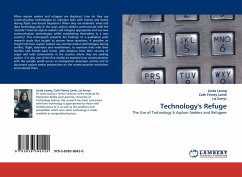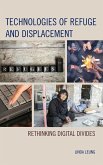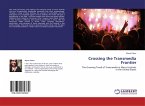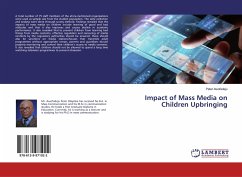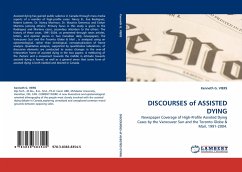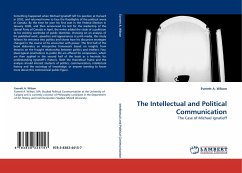When asylum seekers and refugees are displaced, how do they use communication technologies to maintain links with friends and family during flight and forced migration? When they are detained, what role does technology play in the ways asylum seekers communicate with the outside'? How do asylum seekers and refugees appropriate and use new communication technologies whilst establishing themselves in a new country? This monograph presents the findings of a qualitative pilot research study that sought to answer these questions. It provides an insight into how asylum seekers use communication technologies during conflict, flight, detention and resettlement, to maintain links with their families and friends back home, with diaspora from their country of origin and with communities in the country where they are seeking asylum. It is also one of the first studies to examine how communication with the outside world occurs in immigration detention centres and to document asylum seeker perspectives on the communication restrictions encountered there.
Bitte wählen Sie Ihr Anliegen aus.
Rechnungen
Retourenschein anfordern
Bestellstatus
Storno

